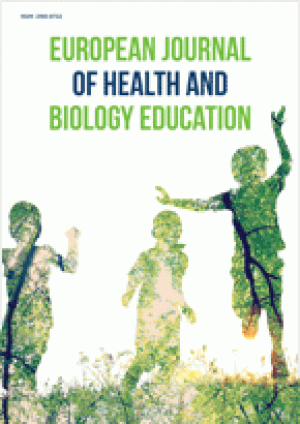Abstract
The paper presents the design, implementation and evaluation of a teaching intervention for the teaching of Evolution. This is carried out through an evolution-based investigation activity of the nervous system from Protozoan to Humans. Specifically, students were able to follow two main evolutionary pathways related to the Nervous system. In the first place, they were familiarized with a march of the Nervous System (NS) from Protozoans to Vertebrates and from Fishes to Humans. In a second stage they studied and compared the difference between the development of Spatial Memory and Hippocampus between polygamous mice and taxi drivers of London and NY city. I.e. they were faced with a case of adaptation in a Darwinian evolution way in contrast to a Lamarckian case of an acquired trait. The results of two studies concerning the increased size of the Hippocampus as a result of the impact of the environment and as an adaptive characteristic of reproductive and survival strategies were given to students who were invited to investigate whether this characteristic is inherited or not in the two cases. In addition to the main question, individual concepts of Evolution through Natural Selection and Neurobiology are explored. The teaching intervention applied is a proposal for the teaching of basic concepts of Evolution through the promotion of the idea of using the Evolution by Natural Selection as the Unifying Theory of Biology. The results show a statistically significant percentage of reconstruction of students' misunderstandings about the inheritance of acquired characteristics and the mode of action of Natural Selection.
License
This is an open access article distributed under the Creative Commons Attribution License which permits unrestricted use, distribution, and reproduction in any medium, provided the original work is properly cited.
Article Type: Research Article
European Journal of Health and Biology Education, Volume 9, Issue 2, December 2020, 29-36
https://doi.org/10.12973/ejhbe.9.2.29
Publication date: 25 Dec 2020
Article Views: 1695
Article Downloads: 1037
Open Access References How to cite this article
 Full Text (PDF)
Full Text (PDF)